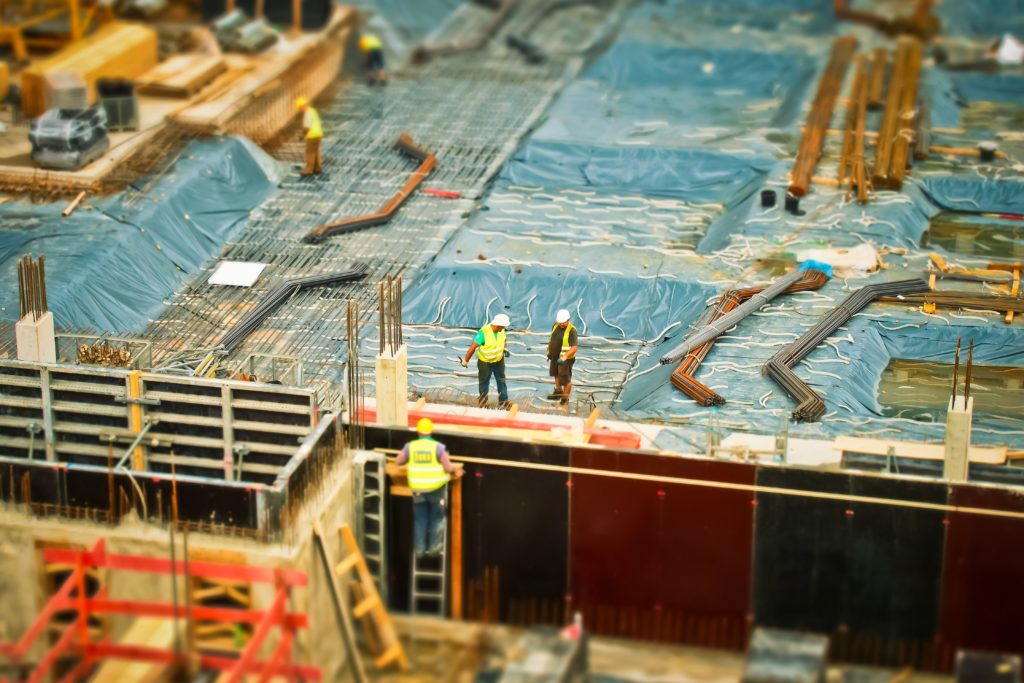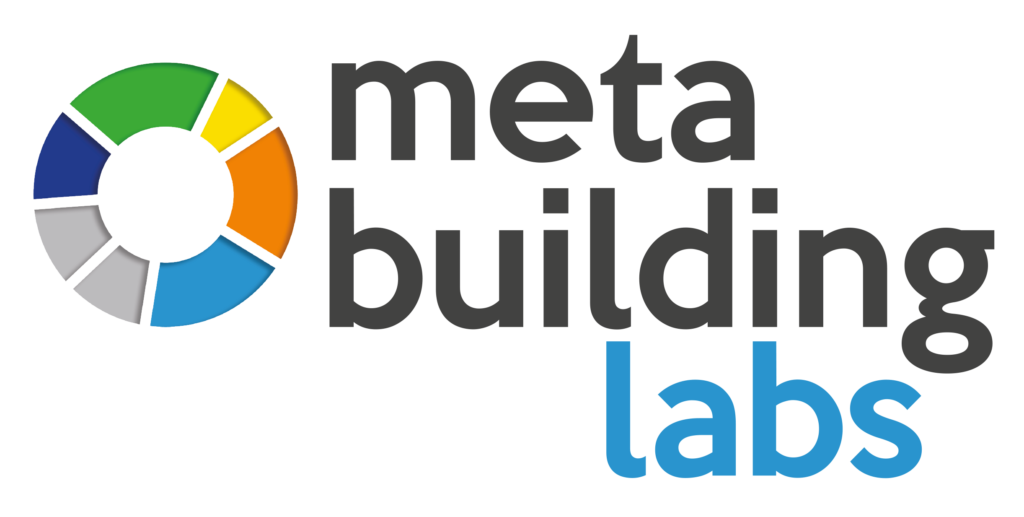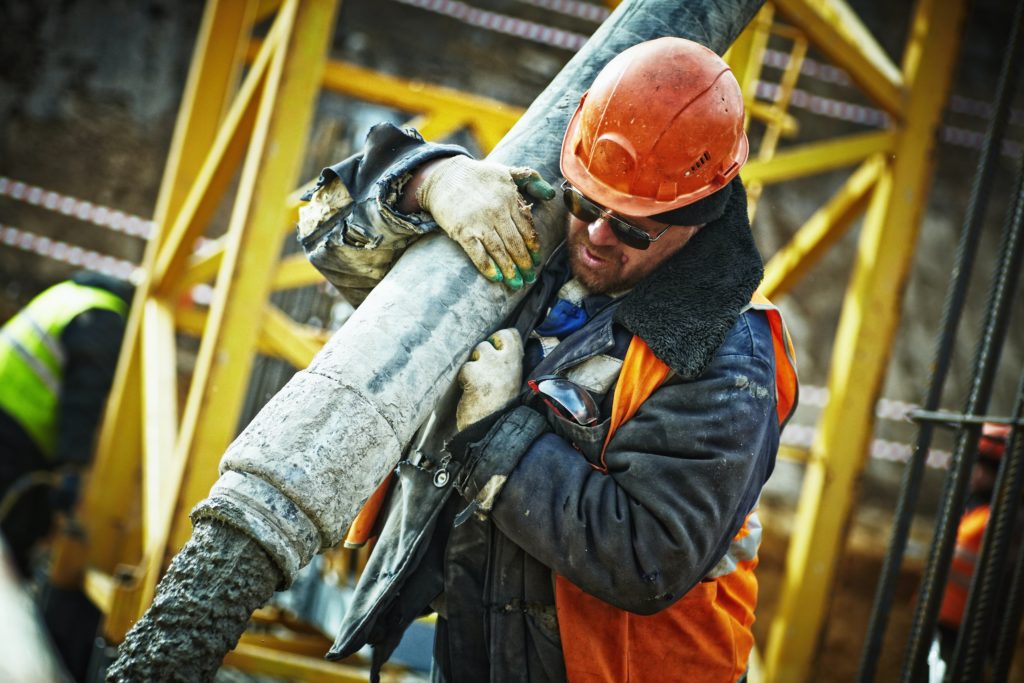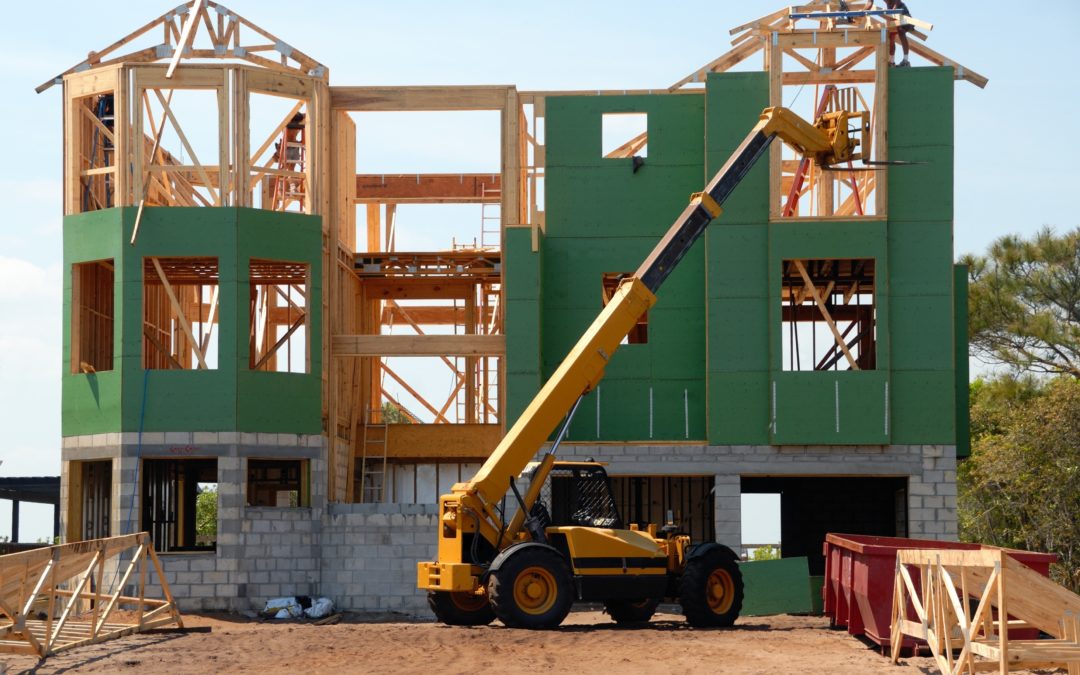It is a well-know fact how our environment has changed dramatically in the last years. This enviroment is in constant transformation, with uncertainities and aspects that are difficult to predict.
Construction sector in particular, hasn´t been oblivious to such changes. In Europe has a huge weight on the economies recovery, having a positive evolution that is expected to mantain. Nowadays we can talk about the confluence of two currents that affect to those growth. On one side, one that favours it: the stimules that receives with Next Generation funds. But on the other side, raw materials shoratge and the increase of prices to which is added the recurring problem of manpower shortage act against them. As well as was indicated in its projections at the end of 2021 the Euroconstruct report, construction sector at a european level will preserve inertia to grow in 2022 (3.65%), although for 2023 (1.5%) and 2024 (1.2%) it is considered a moderate advance.
In case of Spain, also pointed out a 8% growth in 2022. However, uncertainity has increased due to aspects like the inflation evolution and the deployment of the Recovery Plan defrayed by the aforementioned european funds. Although this funds offered a great potential for a growth of the activity, mainly in the rehabilitation case, it is also true that uncertainity wouldn´t allow reaching all the development that could be expected.

In addition to the problems that is facing the economy, the sector lso has to face huge challenges at a european level such as sustainability and digitalization. Traditionally the construction sector has not lent the same atention to innovation than other industrial sectors. Putting the focus on these aspects will allow a change on this industry, being both undoubtedly, the tracks of innovation of the sector.
It is necessary to think in a new approach, being the innovation an opportunity to create value. A way to accelerate this innovation process and improve the quality of its results pass through the collaborative research.
From the UE it is work is being actively pursued to strengthen the framework that support the focus of open innovation. The open innovation paradgime consist on “an innovation model based in a network and collaboration, in the co-creation betweent all the society actors crossing the organizational limits more over the normal collaboration schemes. This model allows reaching a great competitive advantage, as well as innovation benefits for a huge number of collaborators“.
A great example of open innovation collaborative european project is Metabuilding Labs project in which CARTIF participates and among whose objectives is the construction of an innovation system for the sector. This will include a national innovation system organized as “metaclusters” in the form of National Construction Technology Platforms. Some of those systems already exist and in other cases it will be necessary develop it as part of the project.

With its development, an open type of innovation is sought, gathering all the interesed parts of the value chain of the environment constructed in a new innovation ecosystem. All that through a sectorial digital platform and of a supranational grid of the facilities, capacities and OITB test services (Open Innovation Test Beds). This network covers 12 countries with a unique entry, the platform.
The objective of the open innovation test benches is making the new technological advances available for companies and users. This allows to advance in the introduction of compounds and elements in the market, going from the valorisation on laboratories to the prototype on indsutrial environments.

The development of the platform will allow a fluid communication and a dynamic mapping of the actives and environment resources both at a national an regional level. Innovative SMEs, will thus have access to resources, looking for involving it and giving supprot. This will achieve a critical mass taking advantage the consortium networks that allows them to develop and test new building envelope innovative solutions.
Inside these test facilities that will be offered, we can find the O3BET Building Enveloped Testbeds, The consortium will design, develop and give eight innovative test facilities for enveloped building elements. These facilites at a 1:1 scale, in real, affordable, industrialised conditions with all the sensors and needed equipment bridge the gap between laboratories tests and huge scale buildings, maintaning under control all the need interior conditions and letting that the outside conditions change in a real environment.
O3BET involved Open Source, Open Data and Open Access.
- Open Source. It will be design such as an open BIM model available to all the actors, that take advantage of the maximum capacities of this methodology so partners and third arties easily replicated in all Europe.
- Open Data. For any test, monitored data will be consolidated and storage in a open data platform, giving access to all and as such to reinforce open science and innovation.
- Open Access. At OITB context, also applicable for O3BET. Any interested user can access to the facilities, capacities and services of the test benches, independently if it is partner of the consortium or not. Metabuilding Labs platform members will have more favourable conditions. Will be sought the way to facilitate SMEs participation considering its size and capacity to find their most suitable test facilities.
With the development of this type of collaboration a component to the traditional innovation focus is added, boosting a nearest participation to the productive and product and technology development phase and favouring the value creation. Obviously, current difficulties for new business growth (particularly in construction) will not be solved by this type of initiative alone, but they can help to consolidate its progressive and necessary transformation.
